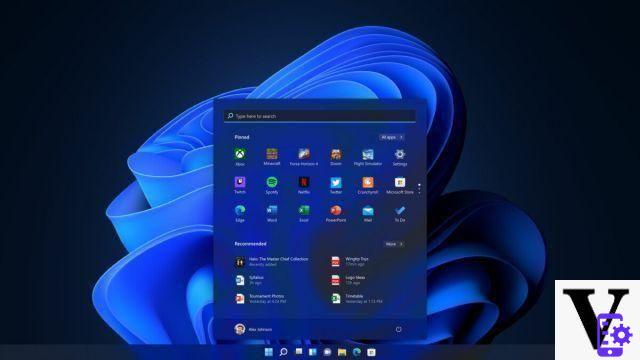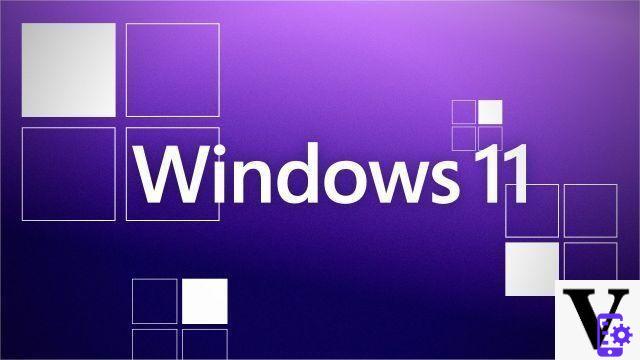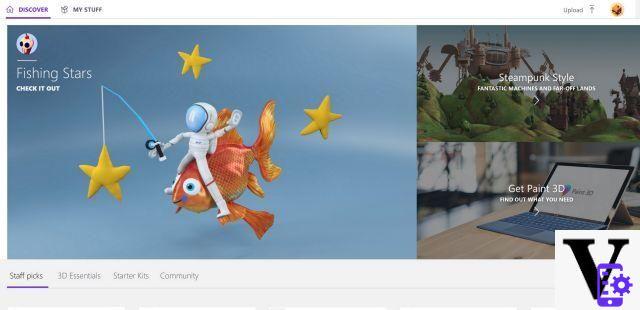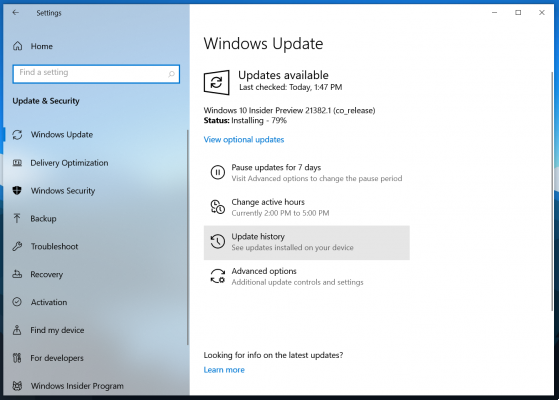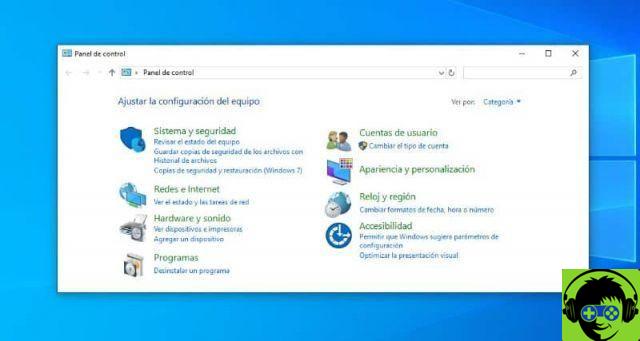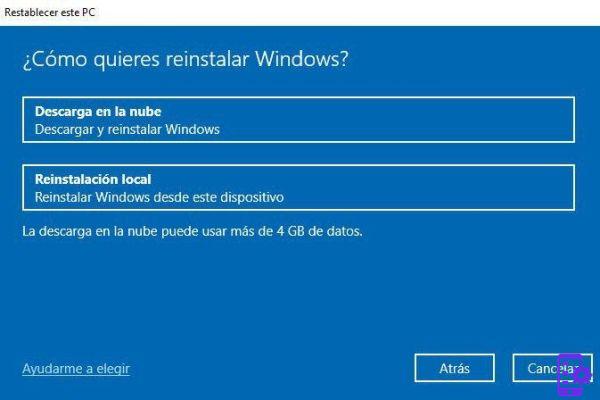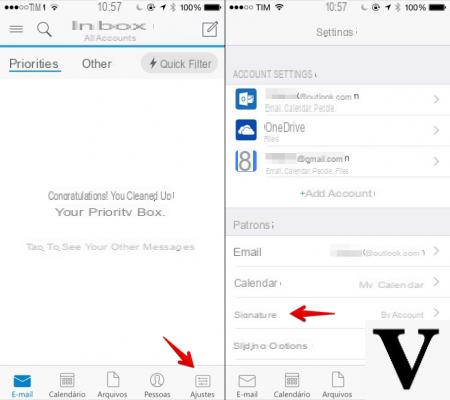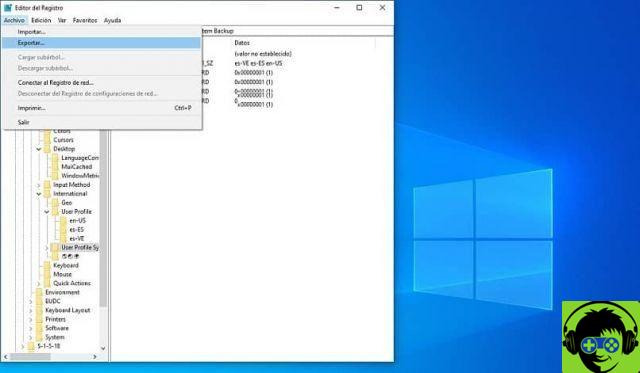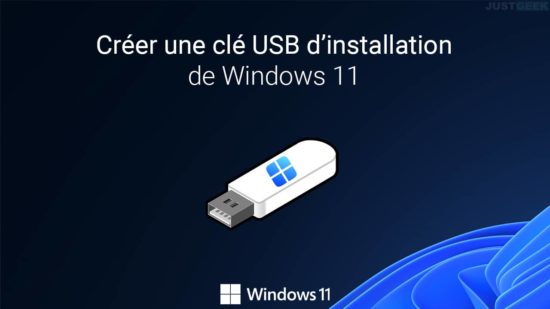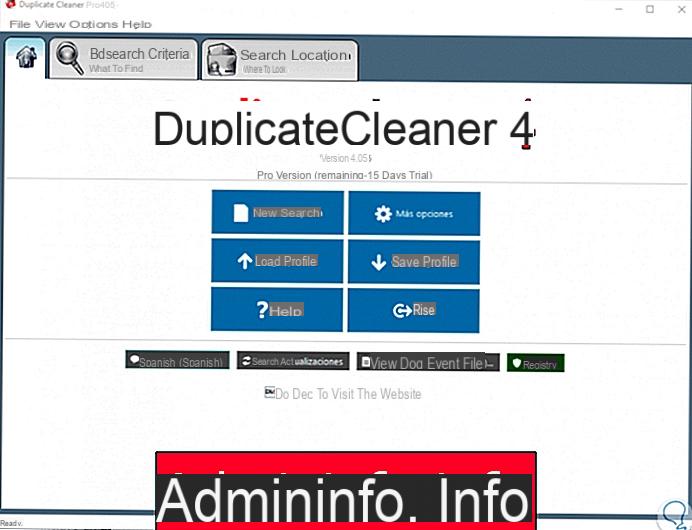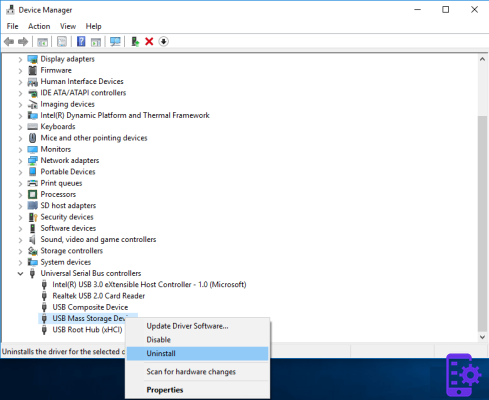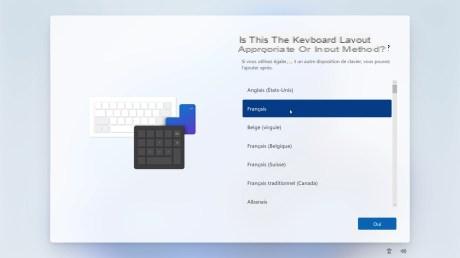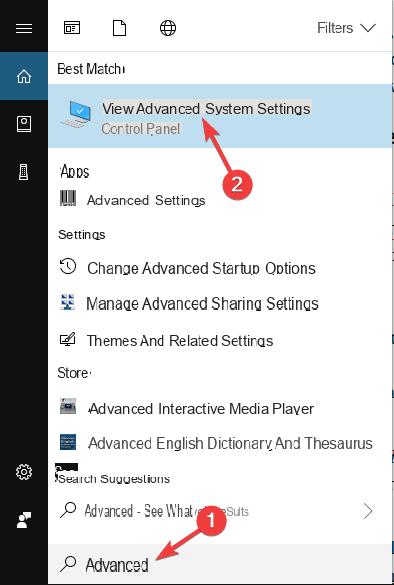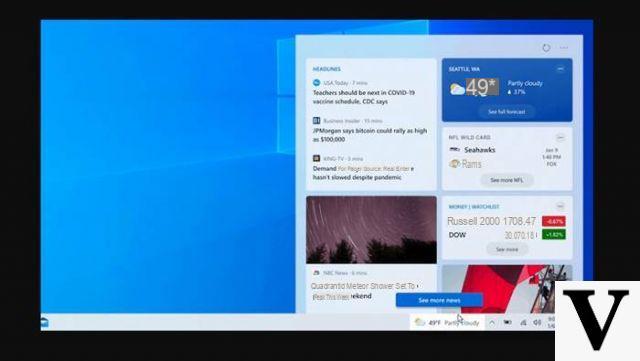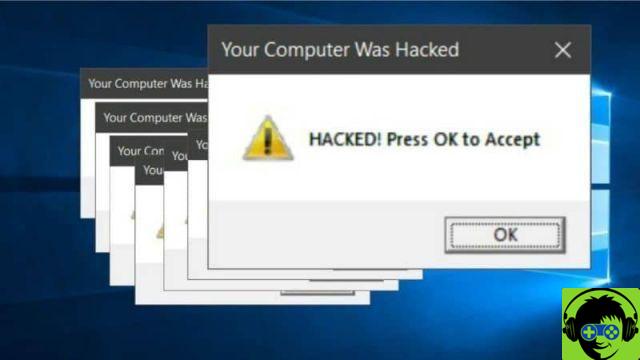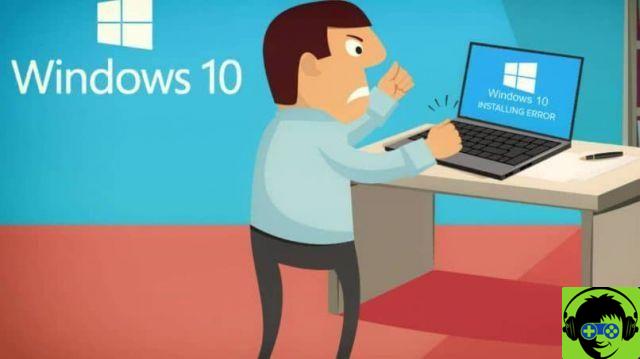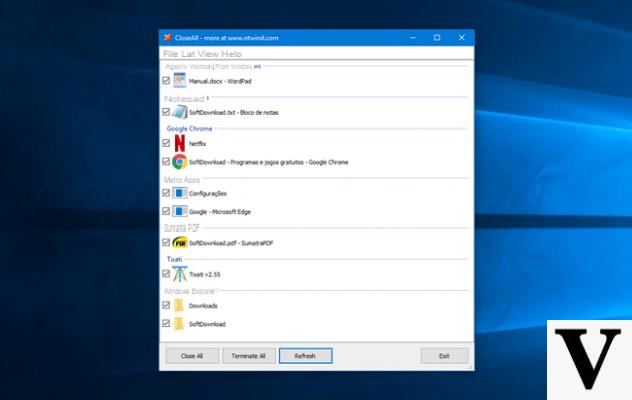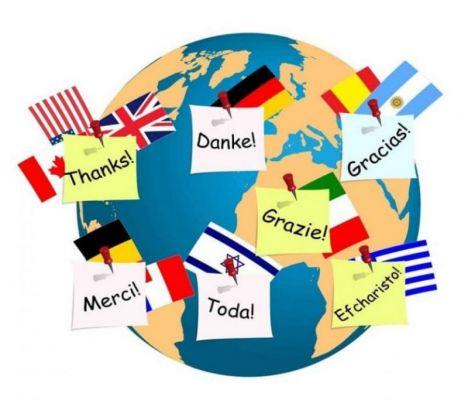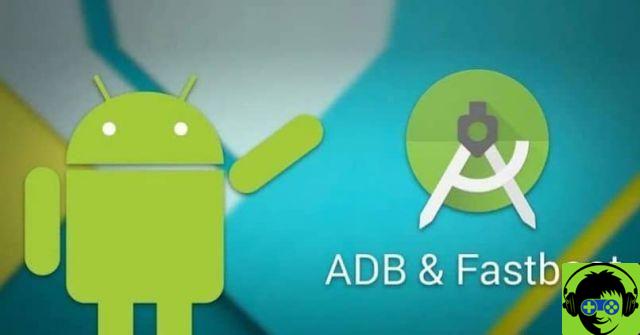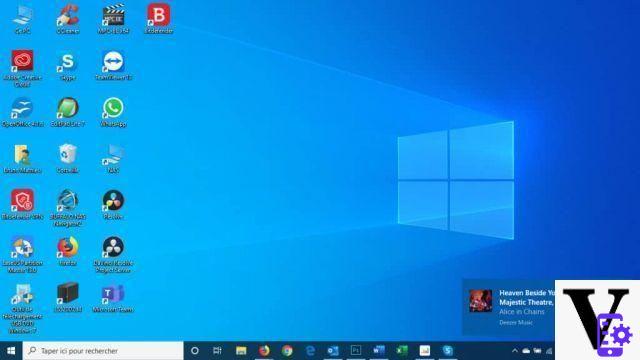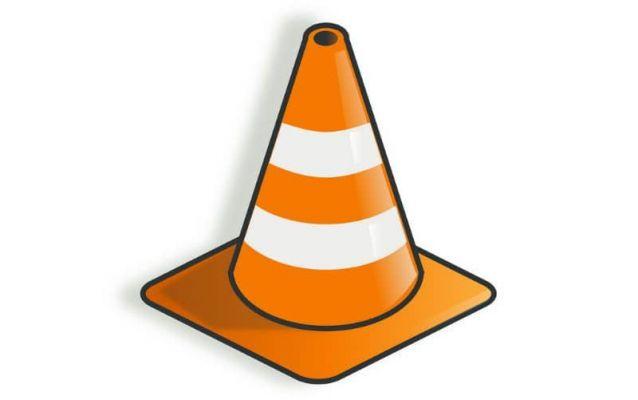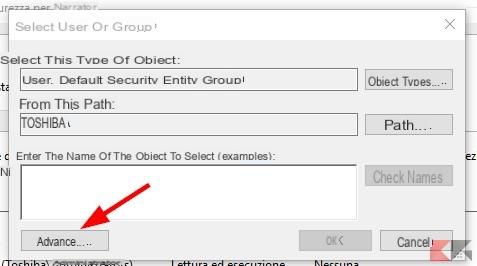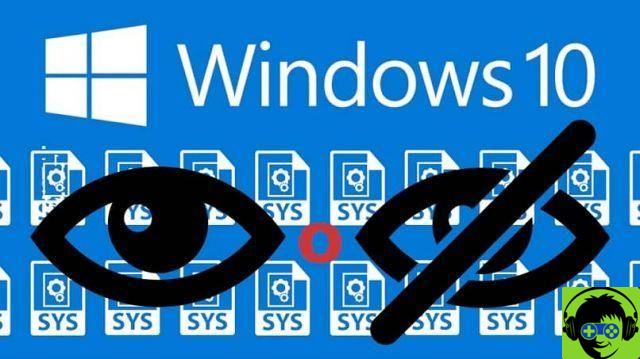If you've ever wanted to use a specific symbol on your keyboard, but can't, you are in the right article. Today we will tell you how create a backslash or backslash on your keyboard with Windows 10, 8 and 7 quickly and easily. Keep reading!
Keyboards are wonderful tools. From its creation until today, they have allowed us to communicate with others, unleash our creativity and even develop in a workspace. Did you know that there are also different types of keyboards with different functions?
You most likely have a QWERTY keyboard on your PC, named for the first few letters that appear on it. This is the more conventional version of keyboards and it is very versatile. Not only does it let you type text or numbers, but you can also do things like adjust the volume on your Windows PC.
In the following sections we will explain what a backslash is and how you can do it with your keyboard if you have a Windows operating system in versions 10, 8 or 7. You will see that this is a very simple process to perform.
What is a backslash?
Before you know what a backslash is, you need to know what a bar is. It's just this symbol: '/' (without quotes) and it's also known as a sidebar. Surely you know it and have used it on multiple occasions, either to represent a division in a mathematical operation or within a text.
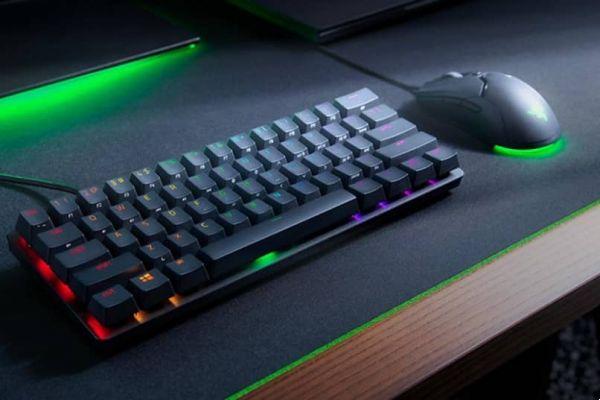
This symbol can be typed in an extremely simple way, simply by using the key combination 'Shift' and the number 7. Also, in some versions of the QWERTY keyboard this symbol has a key exclusively for it, between the asterisk and the 'Bloq NUM key'.
In reverse, when you want to slash backwards, whose symbol is '', you will probably notice that it does not appear noticeably on the keyboard. In the next section we will explain how to do this easily by pressing different key combinations on the keyboard.
How can I create a backslash or a backslash on the keyboard?
There are two ways to perform backslash, also called backslash, backslash, or backslash, on your keyboard. You will see that both are very simple, everything it will depend on whether or not you have a numeric keypad connected to the keyboard. Depending on this, you can choose one or the other methodology.
If you don't have a numeric keypad, this first way will be more useful. All you have to do is press the 'Alt Gr' key at the same time and the key to the left of the number 1 (which will probably show the symbol 'º') on the keyboard. If you are in Word or some other space to type, you will see that the symbol appears.
The second way will only work for you if you have a numeric keypad. In this case what you will do is use ASCII code to create the backslash. You just have to press the 'Alt' key followed by the number 92 written with your numeric keypad, and again you will see what the inverted slash symbol looks like.

As you can see, creating a backslash or backslash on your keyboard is an easy task, even if the symbol doesn't explicitly appear on it. And that's not the only symbol you can make with other key combinations. On the official Microsoft support page there are many functions you can perform with keyboard shortcuts.
Keep in mind that, depending on how you set up the keyboard, the keys may not show the symbol you expect when you press them. That's why it's extremely important to set up your keyboard so you know where the symbols you use most frequently in your day are.
We hope this article was helpful for you to get the backslash on your keyboard, regardless of whether you have Windows 10, 8 or 7; And that today you have learned something new about this useful and versatile tool. Don't forget to share this article if you liked it and leave us a comment.




